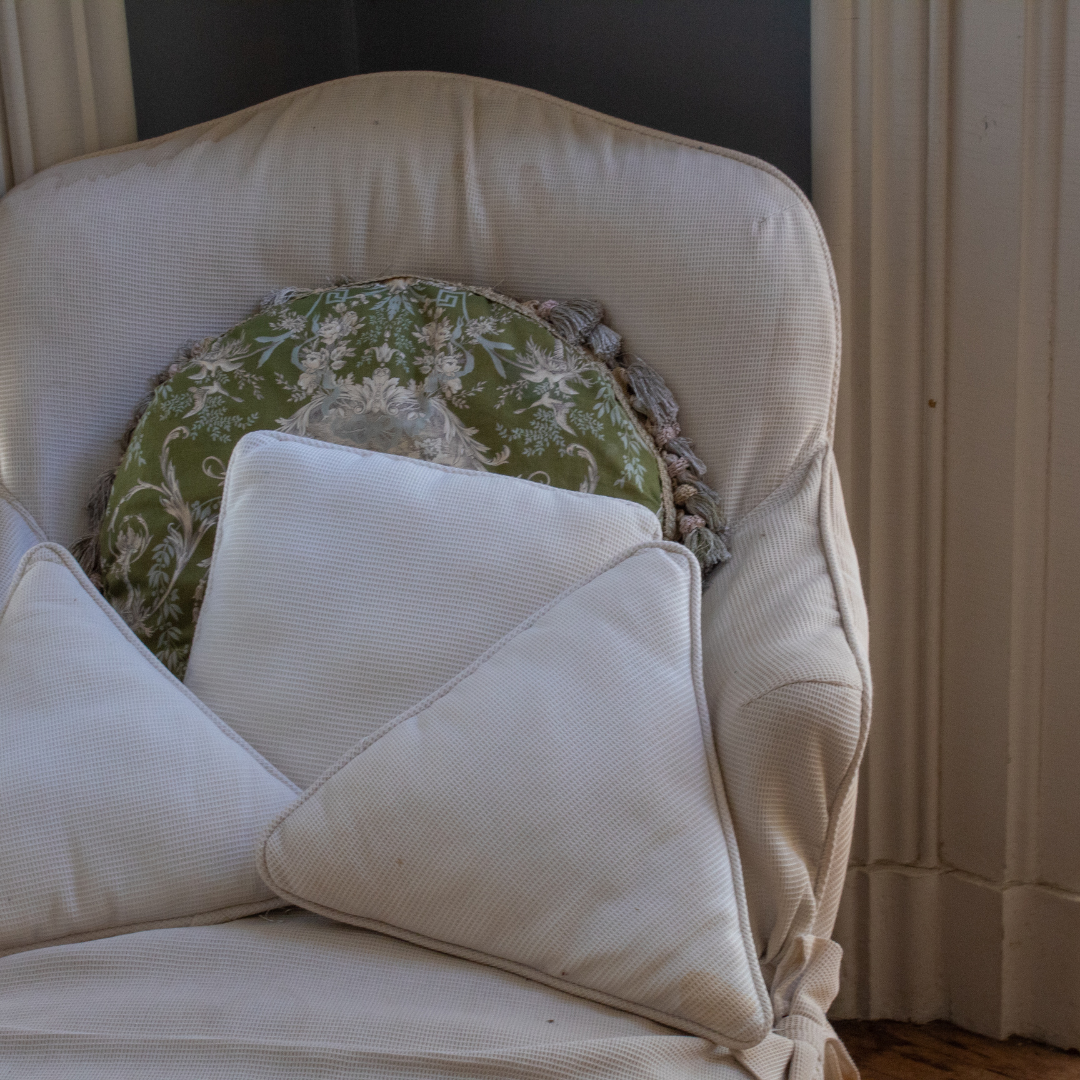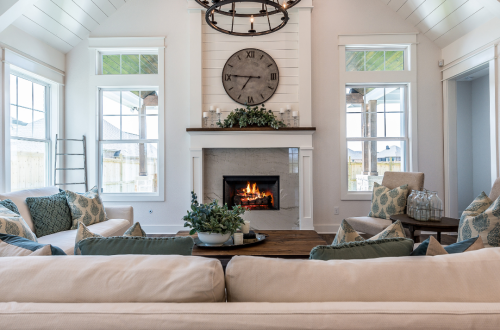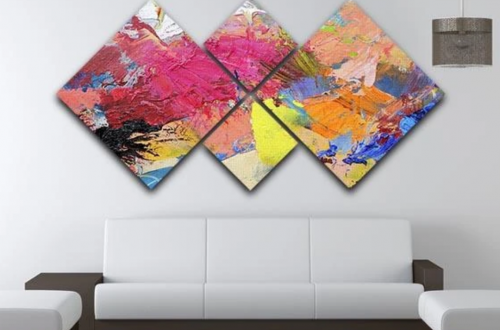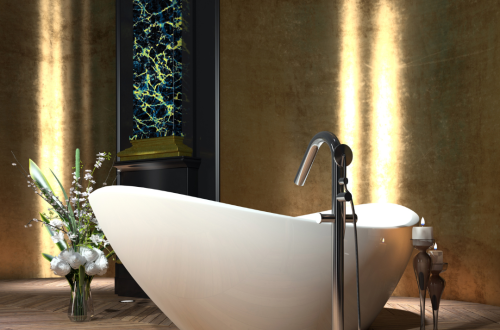One of the most important aspects of keeping your furniture in good condition is protecting it with a slipcover. Slipcovers are designed to protect furniture by keeping it clean and dust-free while adding a bit of style. Slipcovers can be made from a variety of materials, including fabric, vinyl, and leather. They can be made in a wide variety of styles and colors, which means that they can be tailored to match any decor.
Also known as Faux Leather, they are a type of decorative cover that is designed to cover furniture or boxes. Slipcovers are available in many different colors, designs, and materials, including faux leather and faux suede, as well as on other types of fabric. They are made from fabric, usually with a woven pattern, and are thicker and more durable than other covers. Most slipcovers can be easily cleaned, and many have special features such as pockets, guylines, zipper openings, and handles that can be used to store small items. The cover is normally white and also can be dyed to match the color of the rest of the upholstered furniture.
Slipcovers are good because they are stylish and functional, and they offer a cushion between you and the cold floor. But why do they work so well? First and foremost, a slipcover is made of a fabric that is thicker than the foam of a mattress pad. That’s the first thing to understand: a slipcover is thicker than a mattress pad. If a mattress pad is under a slipcover, the thicker fabric will block out the cold air, and the thicker fabric will also add to the cushion.
They are a common feature in the kitchen. Whether it’s to protect an expensive countertop or a chair, it’s a good idea to place them over your furniture. But beneath the material, they’re not all created equal. Why? The answer is simple: Slipcovers are made to be slipcovered. Unlike other types of covers, such as blankets or throws, slipcovers are designed to be moved and stacked, making them the perfect choice for accommodating your household’s changing needs.
Slipcovers are an important yet often overlooked accessory for everyone’s home, be it your own or someone else’s. Slipcovers can help you save money, protect your furniture and make your furniture look new again, all at the same time.
The beauty of DIY slipcovers is that they can be made in any color or fabric you want, and there is no end to tutorials on the internet that teach you how to make a beautiful, custom-made slipcover. The beauty of this craft is that you can always reclaim your living room or bedroom and make it look brand new again.
Creating your very own slipcover is a fun, creative, and inexpensive way to decorate your home. You can choose the fabric and pattern based on your home’s décor and your needs, then choose your desired style. You can also make a custom slipcover for your mobile phone or laptop.
Slipcovers have become a big trend for interior designers and homeowners. It is not just about the fabric when it comes to making your slipcovers. It’s about creating a space that’s warm, elegant, and as cozy as your living room. And it all starts with the basics, which is how to make a slipcover in the first place.
If you’ve ever tried to make slipcovers, you will know that the process can be a lot of work and not very rewarding. You pick out fabrics, measure, sew and then end up with one that looks like a traditional slipcover, but it is made out of upholstery fabric, not cotton. But that’s not to say you can’t make your own (you can!)—you can make covers that look and feel like the real thing.
In a changing world, where design has become so important, there are many ways to make your slipcovers.
The simplest way to make a slipcover is by sewing a skirt that you already have onto an existing slipcover. If you are particularly skilled at sewing, you can use the skirt and slipcover as the pattern for the slipcover. You can also buy a pre-made slipcover and then insert your precious fabric within its folds.






